How Are Prokaryotes Helpful To Humans?
In this post, we will now how the prokaryotes are helpful to humans and how they are very beneficial to humans both directly and directly.
So, let’s dive into it…
Prokaryotes are really helpful and a lot beneficial to humans. They are used in the production of various food products, beverages, antibiotics, drugs, organic acids, enzymes, etc. which we use in our day-to-day life.
Their interaction with humans is also by the beneficial effects caused due to their maintenance of the various cycles like the Carbon Cycle, Nitrogen Cycle, etc.
They do also help by producing or processing various necessary nutrients in the digestive tracts of humans and other animals. And meanwhile, also take part in the various beneficial metabolic activities inside the body.
↓↓↓↓↓↓
- How Are Prokaryotes Helpful To Humans? Here are some of the applications:
- They are used in food industry
- They are used in leather industry
- In chemical industry
- In agriculture industry
- In Livestock Industry
- Prokaryotes are used in making drugs
- They are highly used in Biotechnology and Genetic Engineering
- They take part in the nitrogen fixation
- They promote the development of the immune system
- Helpful to the human body
- They help in breaking down of waste in sewage treatment plants
- They take care of the process of Microbial bioremediation
Prokaryotes, better known as bacteria, possess no nucleus and no advanced cellular machinery. They are simply unicellular and the most primitive forms of life on earth.
The most abundant prokaryotes are helpful to humans in making curd from milk and in the production of antibiotics and a lot more things.
Simply saying that life can’t be imagined without the prokaryotes.
Fortunately, only a few species of prokaryotes are pathogenic! And so are harmful to humans as well. Read More: How Are Prokaryotes Harmful To Humans?
Here in this post, we will only talk about the helpful prokaryotes and their applications in the day-to-day life of humans.
How Are Prokaryotes Helpful To Humans? Here are some of the applications:
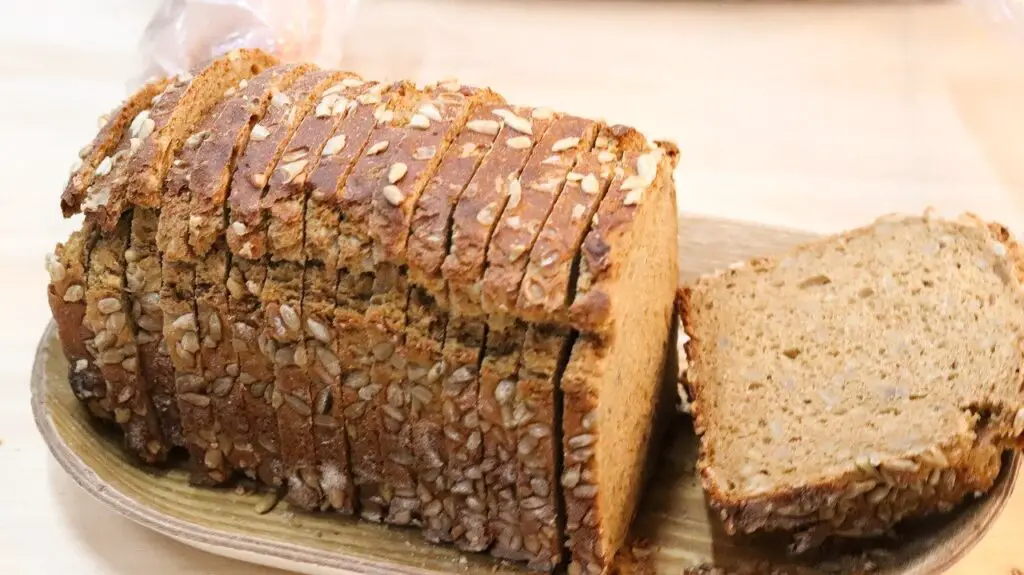
They are used in food industry
Prokaryotes find their various applications in the food industry. They are used highly in making products of Yogurt, Milk, Kefir, Aged or Fermented Cheese, Non-dairy or Fermented Foods, etc.
Any type of food can contain bacteria. But here we are talking about foods that typically contain a variety of bacteria used for preserving foods through products of fermentation.
They help in causing the mass level of production in the various food industry.
Lactic acid bacteria are among the most important groups of microorganisms used in food fermentation. They cause the formation of milk from curd.
Another such is the production of acidophilus milk by bacterium Lactobacillus acidophilus.
Buttermilk is also produced with Streptococcus lactis. While Kefir, a fermented yogurt-like drink, contains Lactobacillus caucasus.
Also, the fermentation of dough used for making idli and dosa is caused by bacteria and its puffed-up appearance is due to the presence of Carbon-dioxide produced during fermentation.

They are used in leather industry
Bacteria are used in the leather industry in a number of ways that generally exploit their natural metabolic capabilities and help create awesome leather products with much resistibility.
As the animals are slaughtered and the skin is taken out, the processes of decay by bacteria on the flesh side begins. These bacteria include Staphylococci and Micrococcus organisms mostly.
After stopping the putrefaction of hides and skins, sooner or later after that, the skin is moved for the tanning process.
Some microbes still survive and eventually move to the tanning process which include Staphylococcus spp., Micrococcus spp., Corynebacterium spp., Lactobacillus jensenii, Streptococcus spp., Enterococcus spp., Stomatococcus mucilaginous, Bacillus spp., etc.
These bacterias heavily help in the dehairing of skins and hides and later they help in the tanning process of leather from the animal skin.
Tanning is the process of treating skins and hides of animals to produce leather.
In the tanning industry, bacteria like Bacillus subtilis, Aspergillus parasiticus, Aspergillus flavus, and Aspergillus oryzae are either used alone or in mixtures, that are also externally added to streamline the process.
Moreover, one very important thing to note is that the proteolytic enzymes produced from the bacteria which are known as proteases are extracted and used in dehairing, soaking, and bating processes that are required to produce leather.
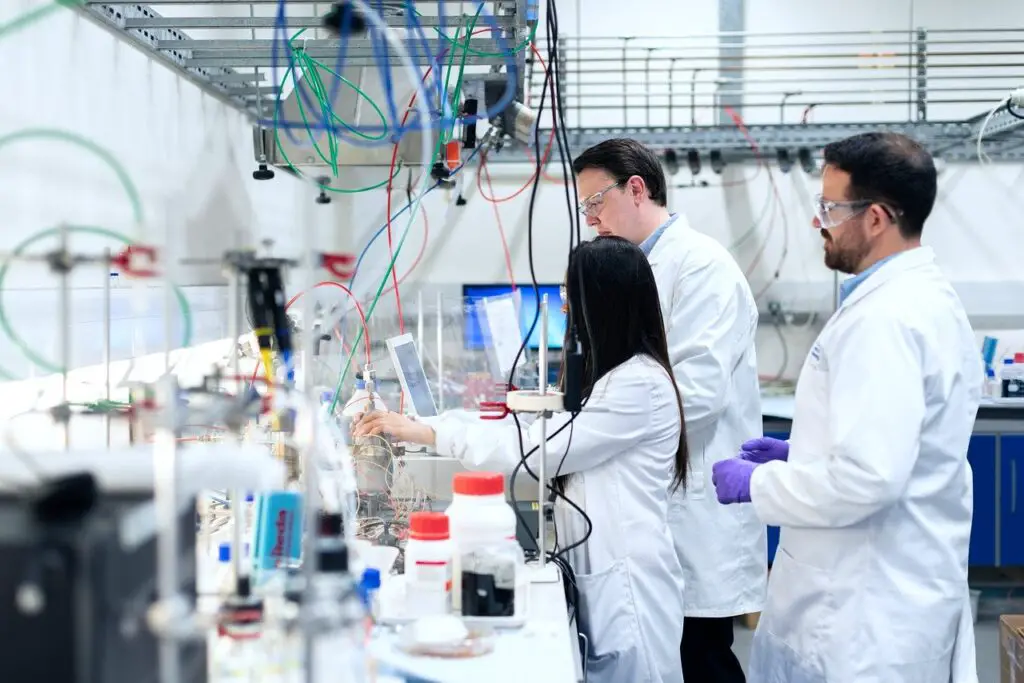
In chemical industry
Bacterias help a lot in chemistry and find its application in the chemical industry as well.
The enzymes that are extracted from the bacterias support a lot in the production of the various chemical that we use in the lab.
The proper use of the science of enzymology and the chemistry of bacteria are now well used in the labs for study, production, and in various other experimental purposes.
Bacteria, for example, provide and form the elements and molecules in the labs very easily which are later used in the other beneficial purposed.
Just take the example of the use of Acetogenic bacteria to produce valuable substances from carbon dioxide like Acetic acid.
Acetogenic bacteria produce Acetic acid or Ethanol from H2 + CO2 or CO. In the process, energy is released in the form of ATP.
Another such example is the microbial fermentation of crude glycerol to produce chemicals like 1,3-Propanediol, Ethanol, Butanol, Succinic Acid, etc. with the proper use of bacteria like E. coli, etc.
Other very important chemicals produced from bacterias like Lactic acid bacteria are bacteriocins, lactic acid, acetic acids, hydrogen peroxide, or diacetyl.

In agriculture industry
Bacteria helps plants in many different ways, from fixing nitrogen to provide nitrogen fertilizer for some plants, to breaking down organic matter so the plants can use it for food.
Certain bacteria are harmful to some insects, so they provide protection from them in the form of bio-pesticide, as well.
Just like bacteria Bacillus subtilis which can produce and release beneficial natural substances such as auxins, cytokinins, and gibberellins to promote plant growth. It also acts as a bio-fertilizer and protects plants against phytopathogenic attacks too.
They help as bio-pesticide. Just like the spores of a bacterium Bacillus thuringiensis (Bt) are toxic to certain insect larvae and kill them but they aren’t harmful to other insects.
Others like Rhizobium (symbiotic bacteria) and Azospirillum, Azatobacter (free-living bacteria) can fix atmospheric nitrogen and enrich the nitrogen content of the soil.
In paddy fields, Cyanobacteria serve as autotrophic microbes to use solar energy to break-down organic matter and add it to the soil as bio-fertilizer.
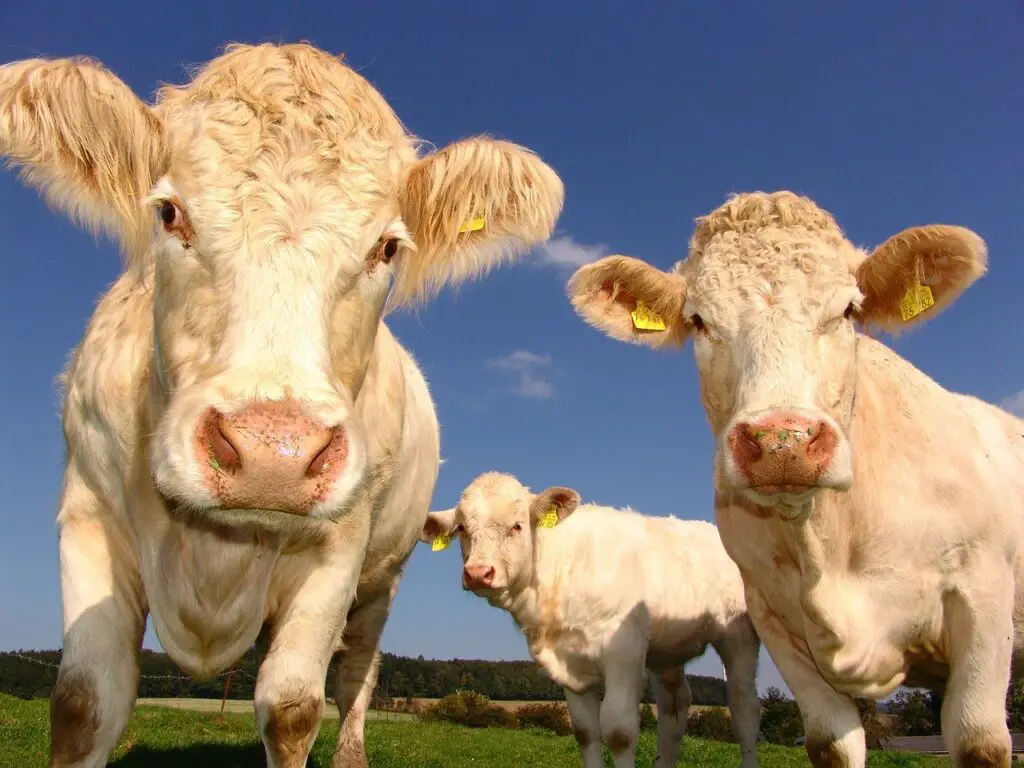
In Livestock Industry
The advancement in the field of microbiology has revealed a lot about the use of bacterias in order to maintain and streamline the growth of the livestock industry as well.
In the present-day world, cutting-edge research is helping animal health firms design probiotics for poultry, pigs, and cows. Thus, boosting farm animal health with beneficial microbes.
Just like bacteria Ruminococcus and Selenomonas that live in the gut of cattle, horses, and other herbivores that break down cellulose and starch respectively. These bacteria obtain nutrients from the cow’s diet, and the cow gains energy from the products of bacterial metabolism.
This is how herbivores are able to get the energy they need from grass and other plants.
Also, Escherichia coli, part of the intestinal microbiota of humans and other herbivorous animals, convert consumed food into Vitamin K2.
This is absorbed in the colon and, in animal models, is sufficient to meet their daily requirement of the vitamin.
In the case of the Poultry industry, Probiotics that are also called beneficial bacteria are mixed or added to the chickens’ and ducks’ feed and drinking water in order to ensure the birds’ proper health, performance, and growth.
C. butyricum, B. subtilis, B. licheniformis, L. acidophilus, L. bulgaricus, L. reuteri, L. salvarus, L. sobrius, B. animalis, B. bifidum, etc. are some of the most essential bacteria used as Probiotics.
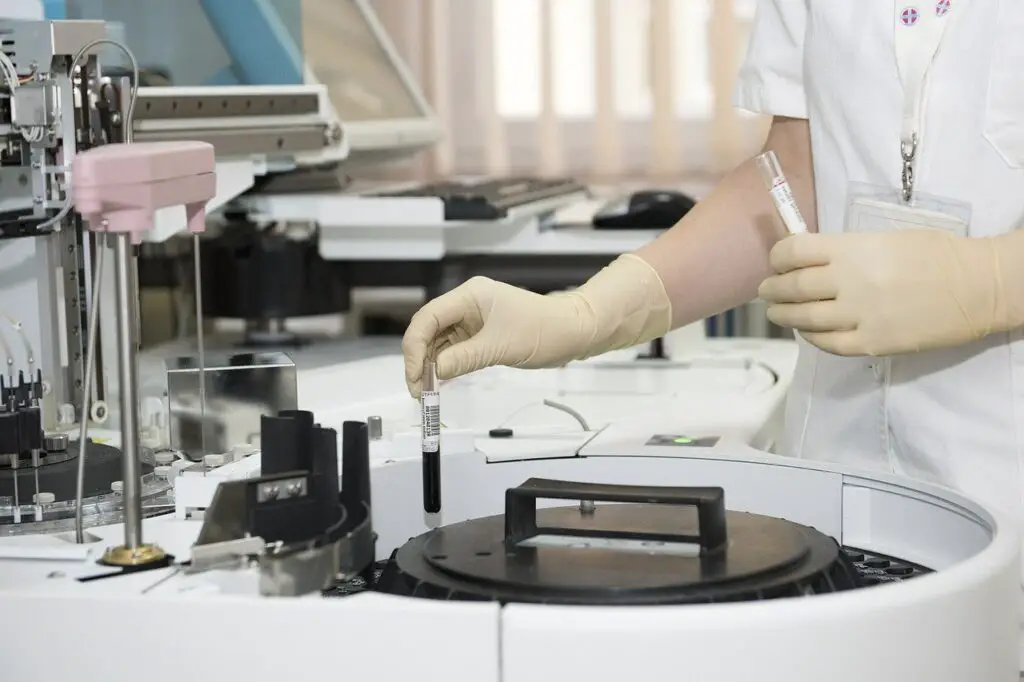
Prokaryotes are used in making drugs
Pharmaceutical industries find it a lot useful to make the various drugs, vaccines, antibiotics, etc. from the prokaryotic bacteria.
Most of the currently available antibiotics are produced by prokaryotes mainly by bacteria from the genus Streptomyces.
Actinomycetes such as Streptomyces produce tetracyclines, erythromycin, streptomycin, rifamycin, and ivermectin like drugs.
Streptomyces is also used in the production of other antibacterials, antifungal, antiparasitic drugs, and immunosuppressants.
Bacteria like Bacillus and Paenibacillus species produce bacitracin and polymyxin.
A lot of Bacterial products are used in the manufacture of vaccines for immunization against various infectious diseases as well.
The first antibiotic was penicillin which was discovered by Alexander Fleming while working on the bacteria Staphylococcus aureus, which is also used to produce an effective antibiotic as well.
Various vaccines used against diphtheria, whooping cough, tetanus, typhoid fever, and cholera are made from components of the bacteria that cause the respective diseases.
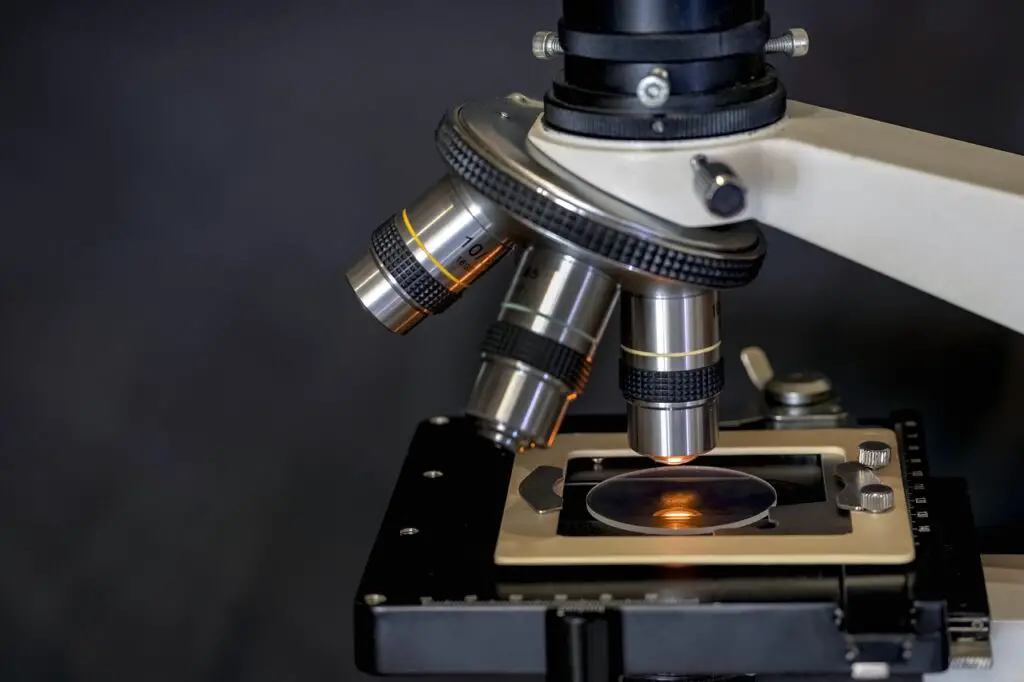
They are highly used in Biotechnology and Genetic Engineering
Biotechnology has a lot of applications with the proper use of prokaryotes.
In the field ofvarious biotechnological industries, large biomass of bacterial cells are also used for producing various useful human biological substances that also include fuels, foods, medicines, proteins, hormones, nucleic acids, etc.
For example, Escherichia coli is used for commercial preparation of riboflavin and vitamin K.
E. coli is also used to produce D-amino acids such as D-p-hydroxyphenylglycine, an important intermediate for synthesis of the antibiotic amoxicillin.
In the field of Genetic engineering, the manipulation of genes of the bacteria and recombinant DNA technology is highly used.
Moreover, genetically modified bacteria are now highly used for several purposes and are particularly important in producing large amounts of pure human proteins for use in medicine.
Bacteria with the help of plasmids are also used as vectors to transfer DNA from one organism to another. Recombinant DNA technology makes it possible.
A common example of this DNA transfer process is through the isolation of the antibiotic-resistant gene from bacteria Salmonella typhimurim and adding it to the plasmid DNA of the E. coli bacteria.
Next, this modified E. coli bacteria is used as a vector to transfer the antibiotic-resistant gene of Salmonella to the host to bring the antibiotic-resistant factor.

Terraprima / CC BY-SA
They take part in the nitrogen fixation
Nitrogen is too crucial for life to exist on earth and it plays a very important part in many living cells and its processes and also in the structure of biomolecules such as amino acids, proteins, and even our DNA.
It is also needed to make chlorophyll in plants, which is used in photosynthesis to make their food.
Nitrogen-fixing bacteria are those prokaryotic microorganisms that transform nitrogen gas from the atmosphere into “fixed nitrogen” compounds, such as ammonia to be able to use by plants.
They also play an important role in the nitrogen cycle as more than 90% of the nitrogen fixation is caused by these organisms.
The nitrogen-fixing bacteria are basically of two types. These are Non-symbiotic Bacteria and Symbiotic Bacteria.
Cyanobacterium is the free-living (nonsymbiotic) bacteria that are actually oxygenic photosynthetic bacteria that are also capable of fixing atmospheric nitrogen.
In order to fix N2, Cyanobacteria separate the incompatible processes of oxygenic photosynthesis and N fixation spatially (in different cells) or temporally (during the night), or a combination of both.
On the other hand, Rhizobium (symbiotic bacteria) and Azospirillum, Azatobacter (free-living bacteria) can fix atmospheric nitrogen and enrich the nitrogen content of the soil and helping other plants grow.
The most important nitrogen-fixing symbiotic relationships can be witnessed between legumes and the Rhizobium and Bradyrhizobium bacteria.
So, that’s also why the legumes plants are commonly used in agricultural fields to enrich the soil fertility and nitrogen content.
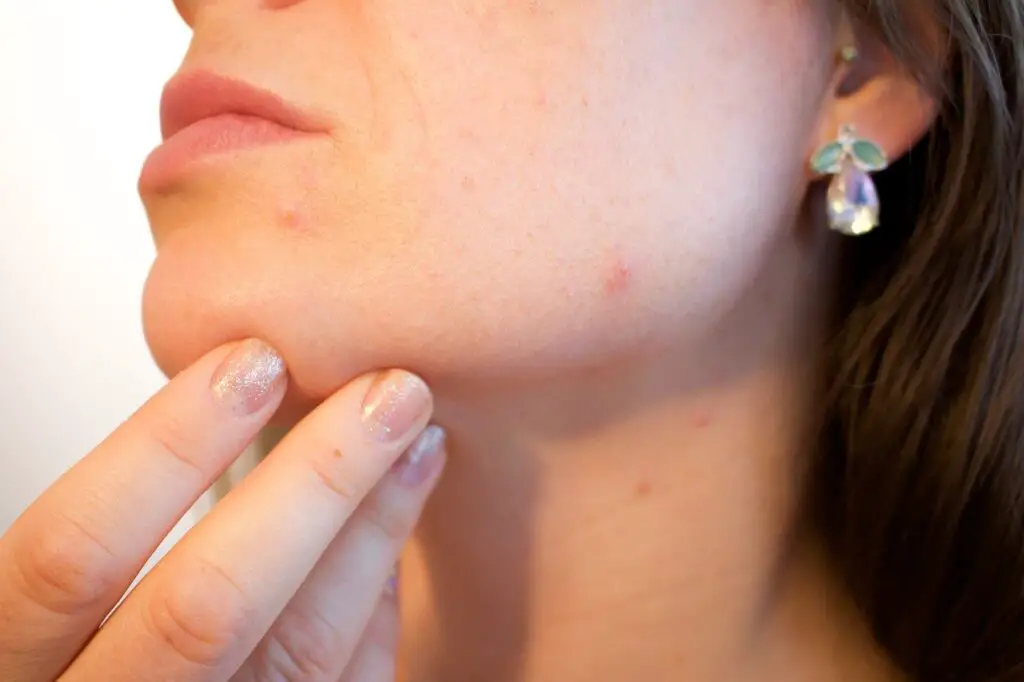
They promote the development of the immune system
The prokaryotes do help in enhancing the immune system and the defense mechanism of the body.
They do directly help the primary and secondary defense mechanisms of the body.
Just before understanding it, we need to understand the colonization property of prokaryotic bacteria that stay on the surface of the human body.
Colonization is actually the presence and adherence of the bacteria on a body surface like on the skin, mouth, intestines, or airway. They multiply and stay there on the surface and do protect the body.
It is also important to note that not all of the types of bacteria that colonize the surface are helpful. Some here are really deadly and disease-causing ones.
Now if we consider those that are helpful then, these bacteria exist in a mutually beneficial relationship with their host body (human).
As the host has provided them to adhere, live on, and colonize. So, in return, these species defend their home, the host’s surface, from other pathogenic bacteria and fungi that try to invade through the skin.
As a result of which, the host’s immune system spends less work and energy in this arrangement, thus helping to promote the development of the immune system in protecting the body a lot.
Just like the bacteria Peptostreptococcus sp., Eubacterium sp., Lactobacillus sp., and Clostridium sp. that stay on the gastrointestinal tract and help the defense mechanisms deployed by the human host to counter other pathogenic attacks.

Helpful to the human body
There are various prokaryotic bacteria that are helpful to the human body. These organisms try to establish a mutual symbiotic relationship with the host human and they both are benefited from it.
In fact, there are millions of microscopic bacteria, that actually live inside the human body.
These tiny organisms help us with actions we do every day, like digesting food, excretion, production of vitamins in the body, etc.
Just like Bifidobacteria examples, Bifidobacterium animalis, Bifidobacterium bifidum, etc. they live in the intestines and help in the perfect break down of the food into soluble nutrients for your body to absorb easily.
Another very important one is E. coli bacteria. E. coli helps with food digestion by using up nutrients that some harmful bacteria need to live.
These helpful bacteria also take up space in our gut, making it impossible for harmful bacteria to establish themselves and grow.
Other ones are Staphylococcus epidermidis, Staphylococcus aureus (potential pathogen) that lives on the skin and nose. And also about 25% of healthy people carry these bacteria. These bacteria protect us from other pathogens.
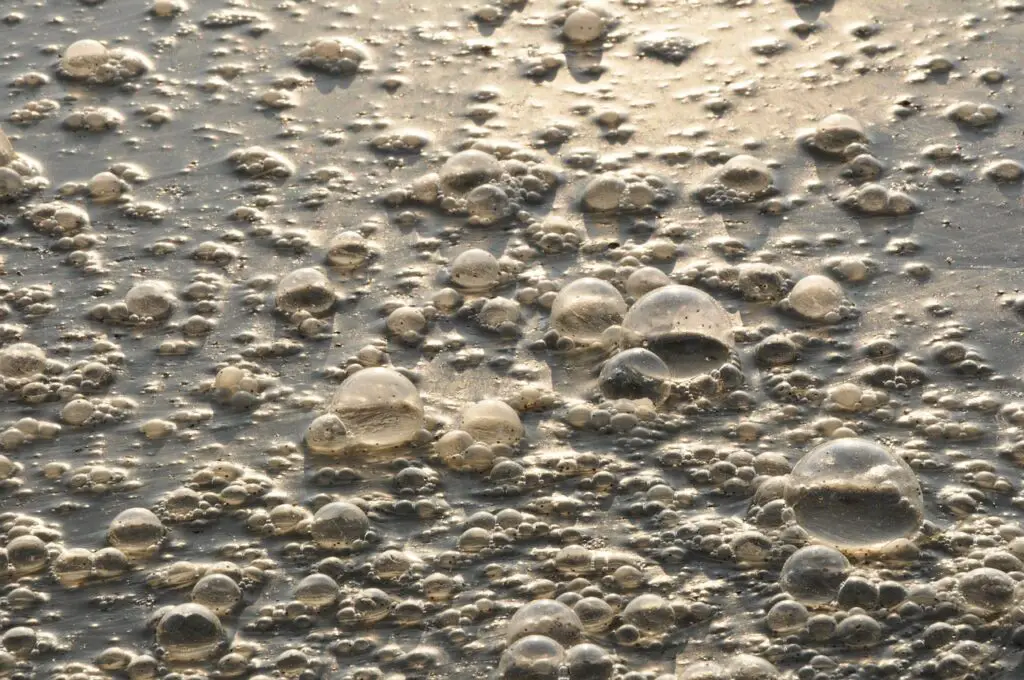
They help in breaking down of waste in sewage treatment plants
A large amount of organic matter and microbes are present in the municipal waste called sewage.
The sewage is made less polluting by passing it through Sewage Treatment Plants before it is discharged into water bodies.
The treatment of the sewage involves two steps viz. Primary Treatment and, Secondary Treatment.
Primary treatment is a physical process of removing small and large particles through filtration and sedimentation.
Sewage is composed of organic matter such as carbohydrates, fats, oil, grease, and proteins mainly from domestic waste.
It also contains various dissolved inorganic matter such as nitrogen species and phosphorous species mainly from agricultural use.
It is essential to remove the nutrients before they are released to the environment because it interferes with natural habitats by altering the chemical composition such as pH or oxygen level both directly and indirectly.
So in Secondary treatment, the biological degradation process of heterogenic bacteria present in the sewage comes into place.
Anaerobic bacteria can act on the liquid component of sewage while the aerobic bacteria act on the solid component.
This causes the rapid growth of aerobic microbes into ‘flocs’ which consume the organic matter of sewage leading to the reduction in biochemical oxygen demand. The two important microbial processes at this stage are nitrification and phosphorous removal.
The solid component of the sewage separated in primary treatment is fermented by bacteria anaerobically. Anaerobic bacteria transform organic matter in the wastewater into biogas that contains large amounts of methane gas and carbon dioxide.
Nitrosomonas, Nitrobacter, etc. are examples of the aerobic bacteria while, Pseudomonas, Fermentibacteria, etc. are examples of anaerobic bacteria.

ENERGY.GOV / Public domain
They take care of the process of Microbial bioremediation
Bioremediation is the excessive use of prokaryotes and other microorganisms to degrade contaminants that pose environmental and human risks.
This process makes use of bacterias majorly to break down the pollutant into harmless, natural compounds before releasing into the open.
Bioremediators are actually the organisms used for bioremediation which are most often bacteria, archaea, and fungi.
This process of cleaning the environment is applied both in the in-situ and ex-situ conditions. Prokaryotic bacterias are highly used for this process to occur in a streamlined way.
In-situ bioremediation is the in-place treatment of a contaminated site. On the other hand, ex-situ bioremediation is the treatment of contaminated soil or water that is removed from a contaminated site.
For example, Pseudomonas putida is a well-known gram-negative soil bacterium that conducts the process of bioremediation of toluene. Pseudomonas putida is also known for its ability to degrade naphthalene in contaminated soils, thus helping the environment overall.
